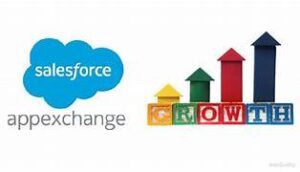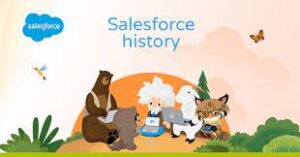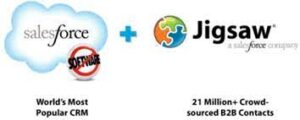What it is:
- Generative AI integration combines generative AI capabilities with existing systems and applications.
- It leverages LLMs and other AI technologies to automate tasks, generate content, and analyze data.
- The goal is to improve efficiency, productivity, and decision-making across various business functions.
How it works:
- Data Integration: Generative AI can automate the integration and analysis of data from diverse sources, accelerating the time to insights.
- Workflow Automation: It can automate routine tasks and workflows, freeing up human resources to focus on higher-level activities.
- Content Creation: Generative AI can generate various forms of content, including text, images, and even code, potentially speeding up development and innovation.
- Customer Experiences: Personalized interactions and dynamic recommendations can enhance customer experiences and improve satisfaction.
- Decision Making: By analyzing data and providing insights, generative AI can support better decision-making processes.
Benefits:
- Increased Productivity and Efficiency: By automating tasks and generating content, generative AI can significantly boost productivity and efficiency.
- Enhanced Customer Experiences: Personalized interactions and dynamic recommendations can improve customer satisfaction and loyalty.
- Increased Innovation and Creativity: AI can generate novel ideas and solutions, potentially leading to new products or services.
- Reduced Costs: Automating repetitive tasks and processes can reduce operational costs and free up budgets.
- Competitive Advantage: Generative AI can provide insights and support faster adaptation to market trends and customer needs.
- Scalability: Generative AI can efficiently handle increasing workloads and data volumes as a business grows.
Example Use Cases:
- Marketing: Generating personalized marketing content based on customer data.
- Customer Service: Providing 24/7 support with chatbots and personalized recommendations.
- Sales: Automating sales processes and generating personalized sales pitches.
- Code Generation: Automating code generation and debugging tasks.
- Data Analysis: Analyzing large datasets and identifying trends and insights.
- Content Creation: Generating various forms of content, such as articles, reports, and presentations.













